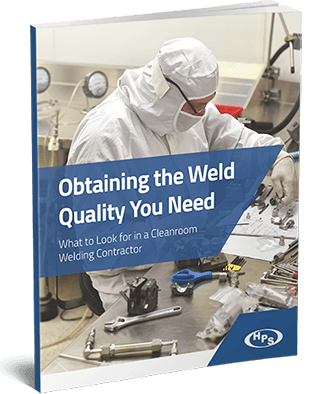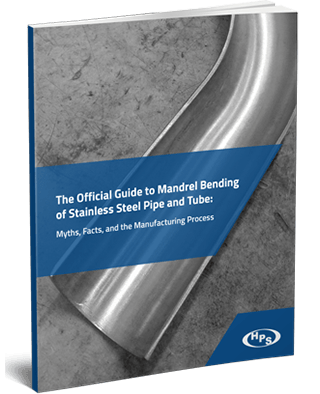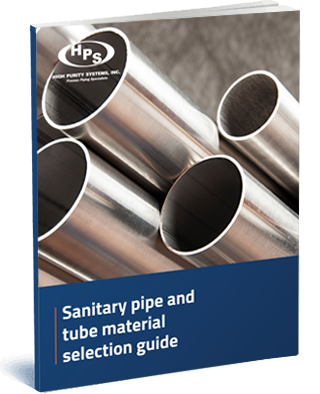Before beginning the orbital welding process, several variables must be taken into account, such as material choice and the preparation required to achieve an accurate weld. Specifications will differ depending on the industry and application.
The Equipment
The power source and controller are the primary equipment used in the orbital welding process; depending on application, a wire feed mechanism is connected to the welding head. Because orbital welding involves extreme heat conditions, a coolant system may be required to avoid damaging the welding equipment. Prior to beginning a project, variables such as arc length, welding current, speed, parent material, shielding gas, filler (if required), and inert shielding gas must all be considered.
These factors will determine the precision of the final output, and the parameters may have to be altered depending on the individual welds that need to be completed.
There are different types of orbital welding. Fusion type orbital welding which is referred to as Automatic GTAW (Gas Tungsten Arc Welding) because the weld program and welding process is all pre-set and once the weld operator pushes the start button, you cannot alter the weld settings during the weld.
This process is typically used on tubing systems and thinner walled piping systems that can be fused together where the material is controlled well enough to provide a repeatable weld. Other thicker wall pipe, materials that need filler material, and materials that are not processed to be welded may need to we orbital welded using a Semi Automatic welding process.
This process is similar to the Automatic process where the weld operator still prepares a base weld program, but has the flexibility to alter all parameters of the weld during the weld process. The operator can change heat input, travel speed, tungsten oscillation, weld direction along with other parameters
Contact High Purity Systems
Have a question about a piping challenge? Want to discuss an upcoming project? Let’s talk.
Factors to Consider
An automatic orbital GTA (gas tungsten arc) weld can be repeated if the correct variables are established. Since consistency is important, especially in certain industrial applications, a skilled operator must keep tabs on all the tubes or pipes that have undergone the orbital welding process to ensure all finished welds are consistent.
- Maintenance — Be sure to consider the maintenance and preservation of the weld head. This part of the mechanism is exposed and runs the risk of being charred from improper use. If this piece of the machinery were to malfunction, it could greatly affect the weld production, causing the equipment to short circuit. Therefore, it’s imperative to routinely clean the weld head.
- Tubing material — Proper material selection is key when choosing high-quality tubing. Specialty manufacturers can provide steel tubing or fittings with the correct material compositions that are acceptable for use in the orbital welding process. Failure to provide adequate material can increase the risk of rejectable welds or corrosion of the finished product.
- Argon — Clean argon is the most common inert gas used to back and shield the weld. Moisture and oxygen should never mix with argon, as they can contaminate the welding process.
Testing Prior to the Weld
To test the key mechanism of the orbital welding equipment, it’s essential to first experiment with a weld coupon. Prior to the actual weld production, weld coupons are prepared to adjust variables or parameters as needed. The tested coupons must be checked from inside out to ensure the weld made full penetration and an acceptable cap on the outside of the weld joint.
Orbital welding is generally applied to tubes rather than pipes and is considered the standard for joining tubes that are used for gas and liquid systems within the semiconductor and pharmaceutical industries. These sensitive industries require an extremely precise welding standard, as their systems need to be leak-free and crevis free to eliminate any entrapment areas on the ID of the weld joint to avoid dangerous contaminants.
Optimizing the orbital welding process through means of preparation and careful consideration prior to the actual weld will lower overall costs, accelerate production, and reduce the need for weld rejection and weld repair while allowing for optimal quality and reliability.
Contact High Purity Systems
Have a question about a piping challenge? Want to discuss an upcoming project? Let’s talk.




